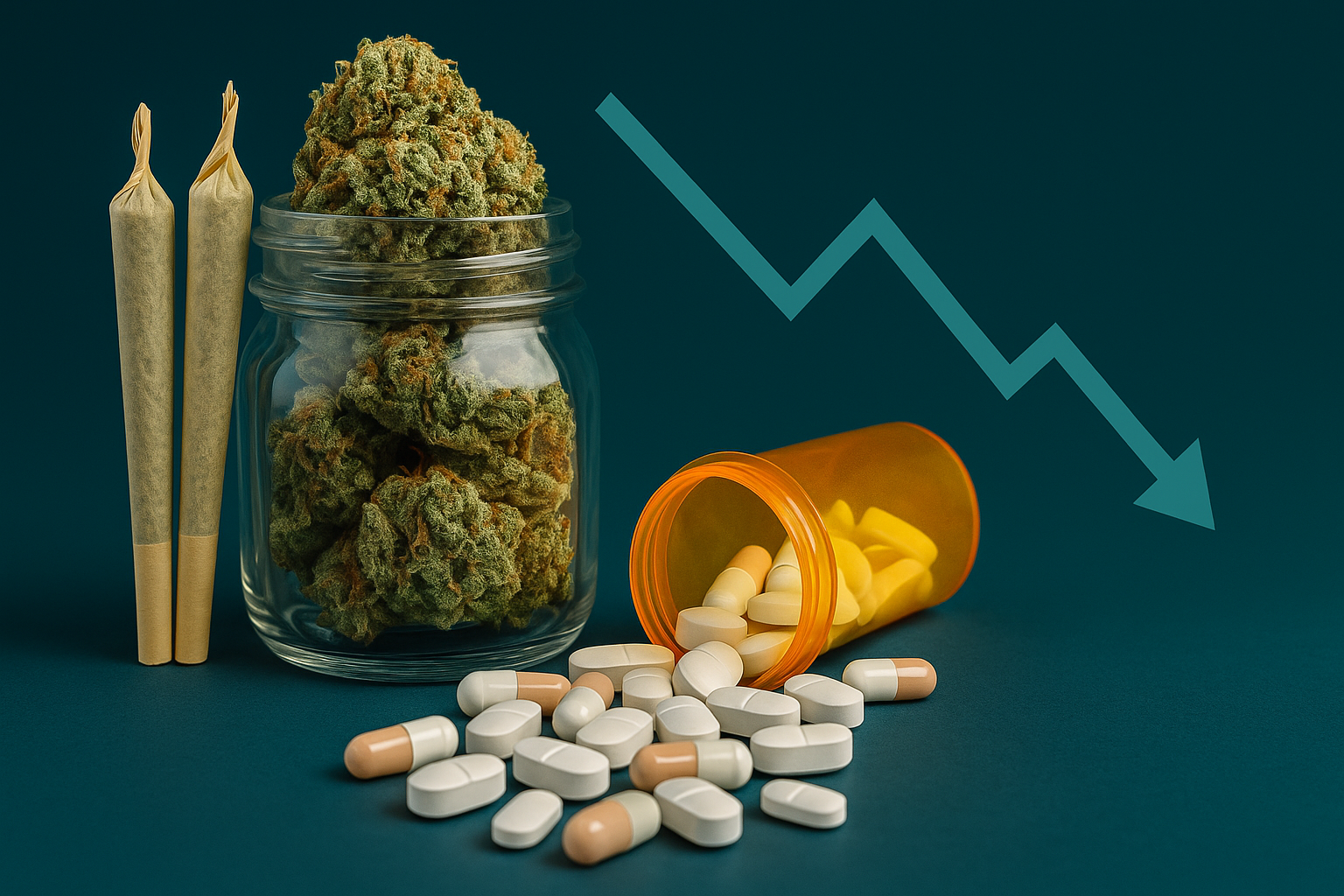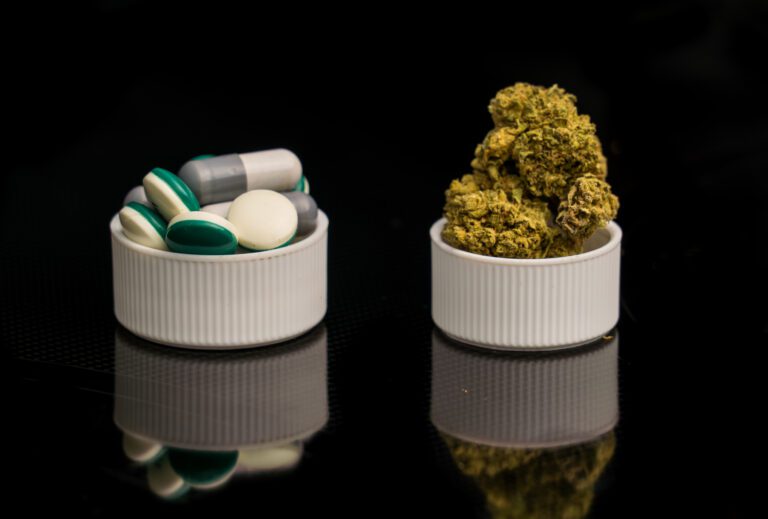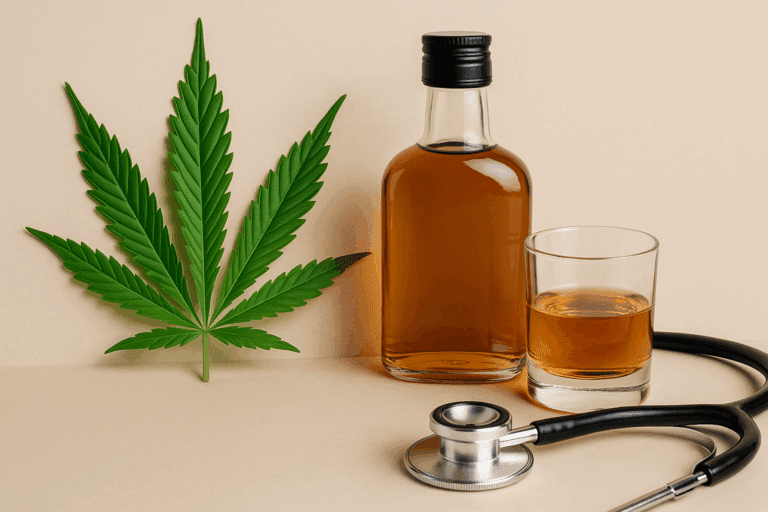Research Shows: Legal Weed Dispensaries Linked to Big Drop in Opioid Deaths

Key Takeaways:
-
30% fewer opioid-related deaths occur in U.S. counties with legal cannabis dispensaries compared to those without.
-
The effect begins immediately after the first dispensary opens and can last for a decade.
-
The substitution effect: some opioid users switch to cannabis for pain relief, reducing overdose risk.
-
Additional research, including a BMJ study, supports the link between cannabis access and reduced opioid mortality.
-
Cannabis carries far fewer overdose risks compared to opioids, making it a safer option for pain management.
Cannabis that is legal and the opioid crisis
Julien Berman, an economics student at Harvard University, has done a new study that shows that areas with legal cannabis dispensaries have roughly 30% fewer opioid-related mortality than similar counties that don’t have these stores.
The Washington Post published the study (read it here). It analyzed 10 years of county-level dispensary data from the University of Michigan to look at trends in overdoses.
Berman’s conclusion is that making cannabis simpler and cheaper to get can keep individuals from using dangerous opioids. This can happen by giving current users a safer means to manage their pain and by stopping new users from using opioids in the first place.
This is what the substitution effect looks like.
The study indicates that:
- After a dispensary opens, the number of deaths from opioids drops quickly.
- Five years later, the cuts are still in place.
- Ten years later, mortality from opioids are still 27% lower than in “dry” regions.
Berman did a good job of controlling for other characteristics, like the distribution of naloxone, by comparing counties in the same state where some authorized dispensaries and others did not. This makes the case stronger that the change is being caused by availability to cannabis.
Other Studies Support the Results
Berman’s work adds to the expanding amount of evidence:
- BMJ (2021) — A study found that going from one to two dispensaries in a county was connected to a 17% decline in all opioid deaths and a 21% drop in deaths from synthetic opioids like fentanyl.
- JAMA Internal Medicine (2014) says that states with medical cannabis laws had about 25% fewer deaths from opioid overdoses between 1999 and 2010 (study link).
- JAMA Network Open (2023) — Patients with chronic pain who took medical cannabis while taking long-term opioids noticed big drops in the amount of opioids they were prescribed (research link).
Why cannabis is safer than opioids
According to the CDC, more than 80,000 Americans die each year from opioid overdoses. Opioids are very addictive and can easily lead to death. Even little mistakes in dosage can be deadly.
Cannabis, on the other hand:
- There is no known fatal dose for humans.
- Doesn’t stop breathing, which is the main reason people die from opioid overdoses.
- Has a lot lower danger of physical dependence.
- Has the potential to relieve pain without causing the same long-term damage to organs.
Cannabis isn’t completely safe, especially for young people or people with certain mental health issues, but it’s a lot safer than opiates when it comes to the danger of overdose.
Cannabis in the Public Health Playbook: What to Expect
As more states make cannabis legal, the possible public health advantages go beyond making money and creating jobs. If other studies keep showing these results, cannabis might be used officially as a way to cut down on the harm caused by the opioid crisis.
Policy in the future could:
- Use cannabis as a first-line treatment for chronic pain.
- Help patients who are at high risk of abusing opioids get cannabis.
- Teach doctors how to use cannabis to treat pain.
Berman says it best: “Public health wins if the dispensary down the street can get people off opioids, even if overall marijuana use goes up.”







